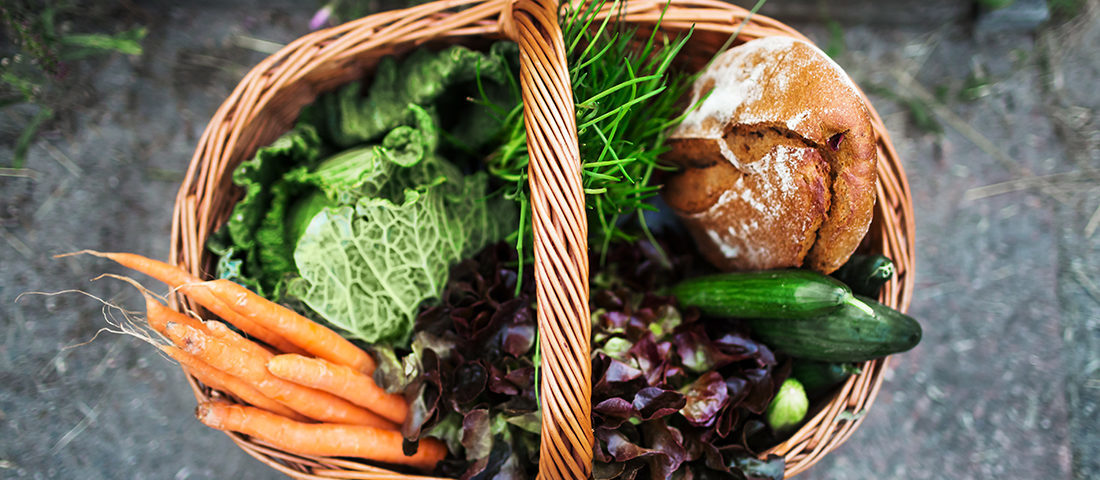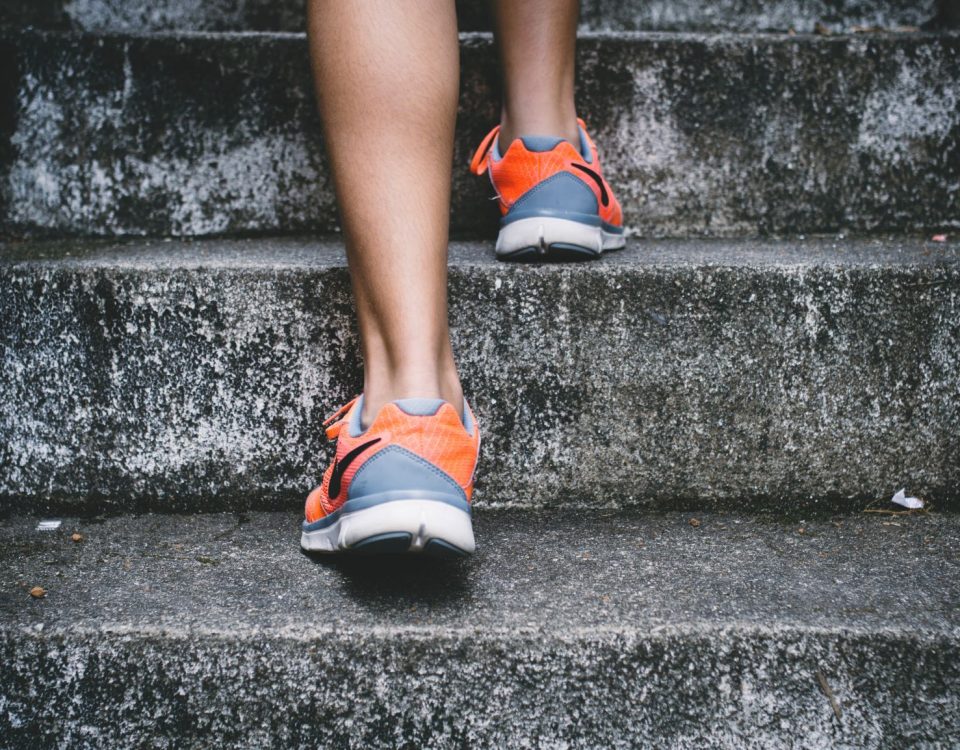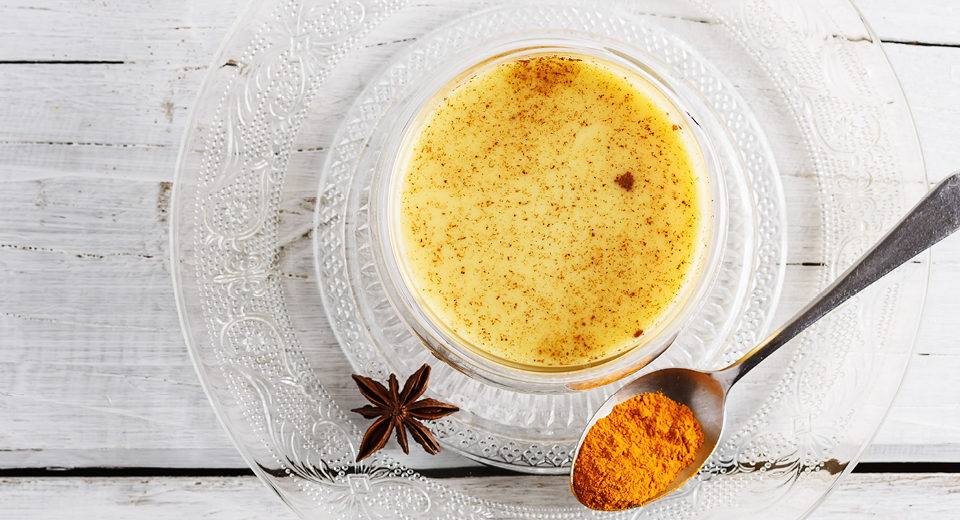
How exactly does Vitamin C help your immune system fight off colds and flu?
May 7, 2014
How Aged Garlic Extract can help your immune system out this winter
May 9, 2014The Best Foods to Eat to Help Lower Your Blood Pressure

Throughout your life, it’s likely you’ll be faced with complications with your blood pressure. In most cases, it’ll be higher rather than lower, but extremes in both aren’t doing great favours for your healthy lifestyle.
The Australian Heart Foundation found that in 2011‐12, the number of Australians who had high blood pressure increased with age. This shows that it’s important to look after your health earlier rather than later to help with your blood pressure.
Exercising regularly is one way to manage your blood pressure levels without medication. Another way is to eat a healthy diet with certain foods ‐ we’ll take a look at some of them below.
Why is blood pressure so important?
It can also be referred to as hypertension, and is prevalently higher in males than females, stated by the Australian Bureau of Statistics (ABS). According to the same source, 2.6 million Australians reported having high blood pressure. That’s 11.3 per cent of the population!
Keeping your blood pressure in check between certain guidelines is crucial for healthy and normal functioning. Too high poses a significant increase in the risks to certain conditions that may largely affect your heart.
Many factors play a role in your blood pressure. Weight is one of the biggest influences, hence, the importance to consume a diet filled with nutrition and healthy food.
Understanding your blood pressure numbers
The American Heart Association (AHA) explains that with each beat of your heart, the muscle contracts and your blood pressure rises. In between those beats, your heart muscle rests and your blood pressure is lowered. At the doctors, you’d get both the high and low measurement recorded. It’s written out as a fraction, and called systolic and diastolic blood pressure respectively.
An ideal reading should read 120 over 80 mmHg, according to the Australian Institute of Health and Welfare. Numbers that fall below this threshold is considered healthy, but too low can result in symptoms such as dizziness, dehydration, lack of concentration, blurred vision, shallow breathing and fatigue, according to the AHA. If no symptoms are present, then a low blood pressure shouldn’t pose much of a worry.
What can you do to help lower your blood pressure?
Exercise combined with a healthy meal plan can help to keep your blood pressure under control. Mayo Clinic explains that losing weight is the most effective way to lower blood pressure, and that exercise should be done at least 30 minutes for most days of the week. Consistency is key to keep your numbers low.
There’s also a range of foods you can eat that help in lowering your blood pressure. They are typically high in calcium, potassium and magnesium.
Incorporate more of the following into your diet to help to reduce your blood pressure:
- Whole grains ‐ breads, cereals, rice and pasta
- Nuts, seeds and legumes ‐ kidney and white beans, almonds and sunflower seeds
- Fruits ‐ especially bananas, a high source of potassium
- Vegetables ‐ potatoes (white and sweet), tomatoes, broccoli and carrots
- Dairy ‐ milk, cheese and low‐fat and sugar‐free yoghurt
As you can see, the majority of these items aren’t unique, special or hard to find. If you’re sticking to a healthy eating plan, you should be consuming most of these anyway.
It’s also worth noting which foods you should avoid to help improve your blood pressure stats. These include processed and salty foods, as well as alcohol and caffeine. Too much of these substances can bring a detrimental outcome to your health, which you can only counteract with a regular exercise routine, a nutritious diet and supplements to help boost your essential mineral levels.



